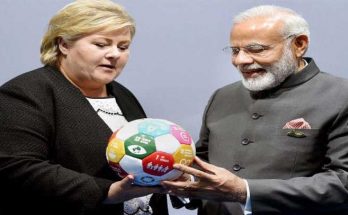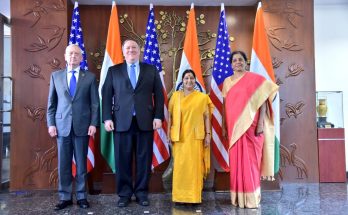
Trump says US loves India, unveils $3 billion defence deals
AHMEDABAD: In a stirring speech praising the success of India and Prime Minister Narendra Modi, US President Donald Trump told hundreds of thousands of Indians that he has come with …
Read More








